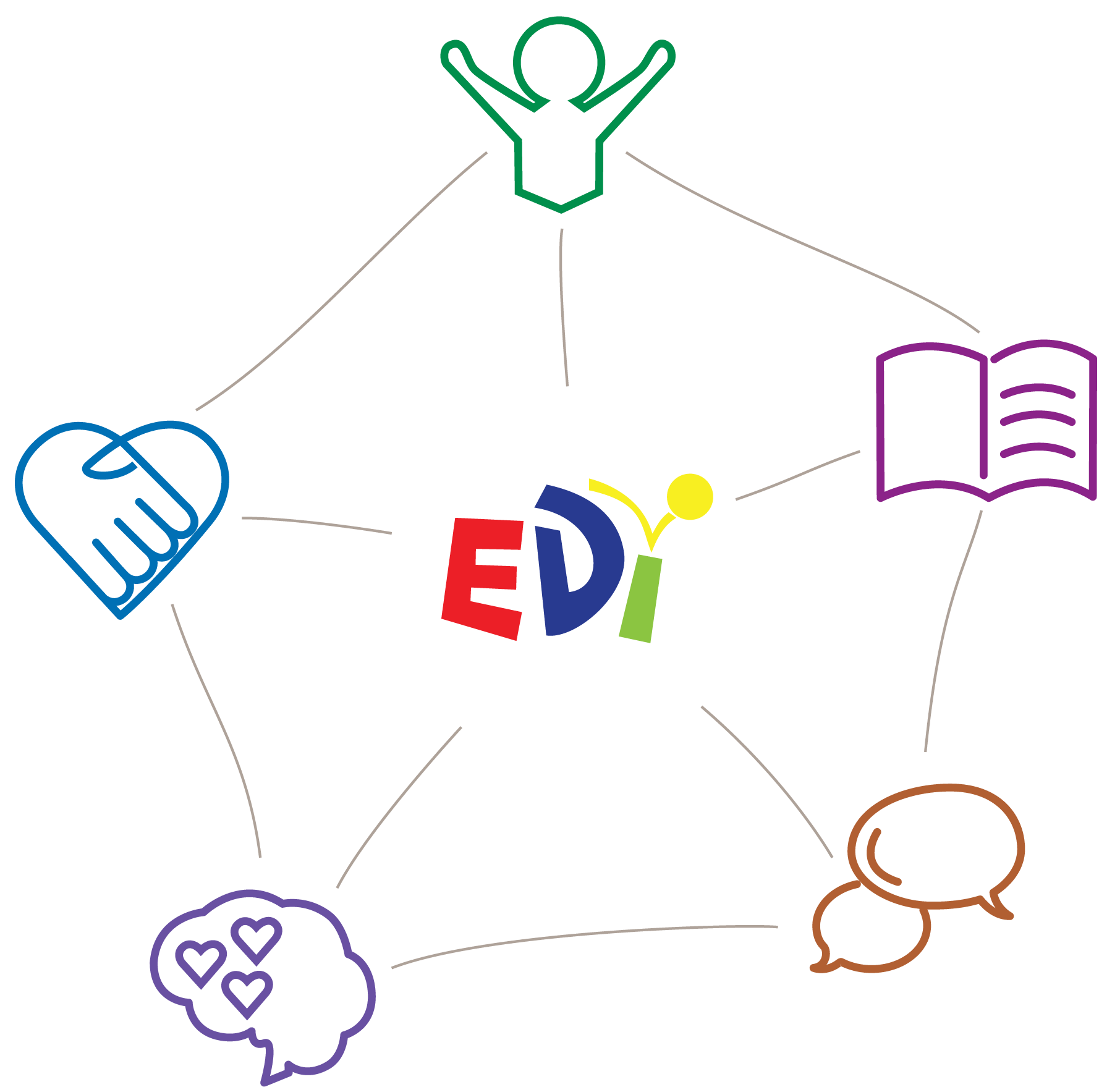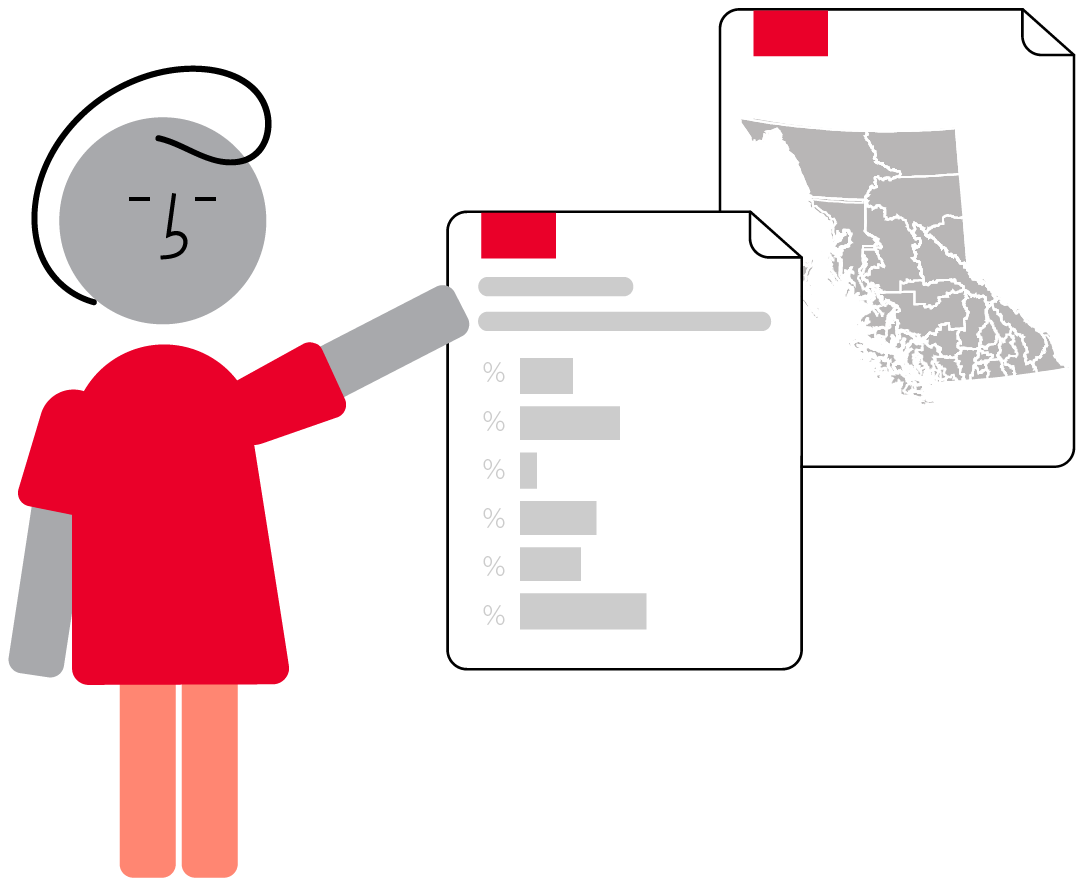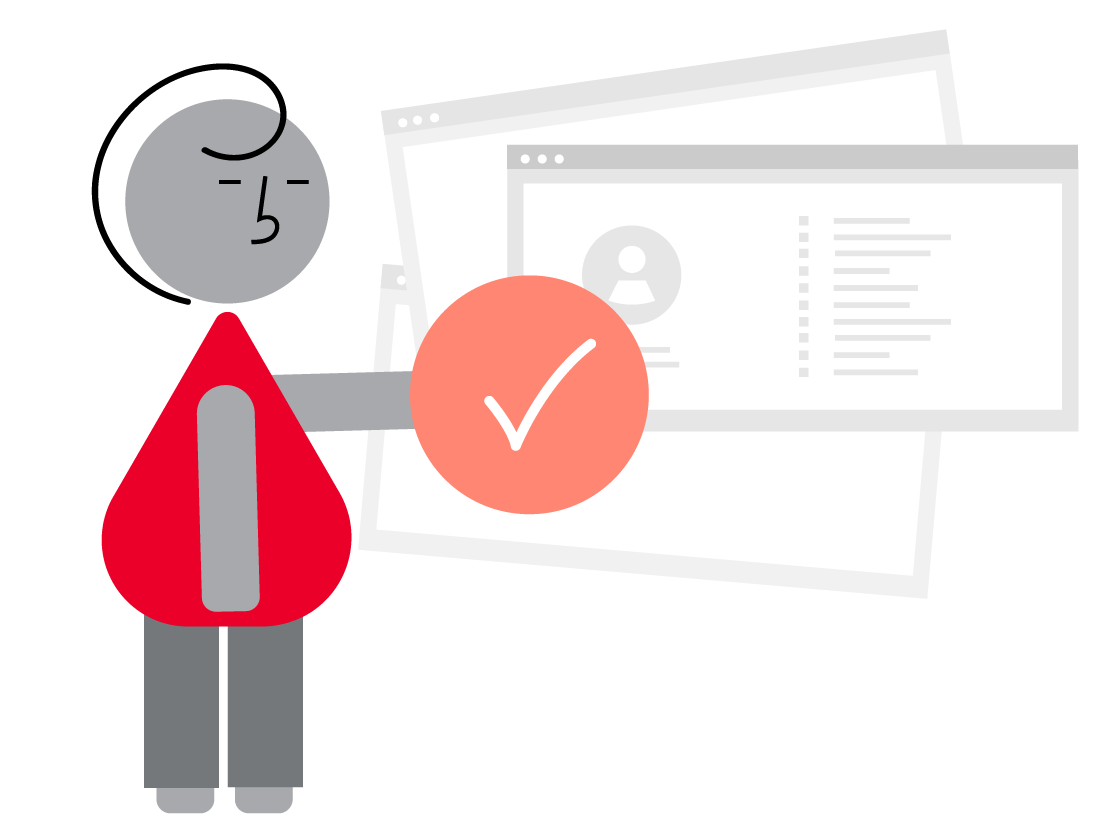
The Early Development Instrument: Parent/Caregiver Info

The EDI measures trends and patterns in children’s physical, emotional, social and cognitive development at kindergarten.
MADE IN CANADA
The EDI was developed at the Offord Centre for Child Studies at McMaster University. In BC, HELP (UBC) has collected EDI data for over 20 years.
EDI COMPLETION
Completed online by Kindergarten teachers for children in their classes in February.
WHOLE CHILD
The EDI questions cover five general areas of child development. It is used to measure trends and patterns in children’s development at the population level.
BENEFITS OF THE EDI
EDI information is important to schools, health professionals, early years’ service providers, communities and governments in planning programs and supports for children and families.
THE EDI IS VOLUNTARY
Schools, teachers, and parents/caregivers can choose whether or not to participate.
COMMUNITY FOCUSED
The EDI is not used to assess individual children, teachers or schools in any way.
What is the EDI?
The Early Development Instrument (EDI) is a questionnaire for Kindergarten teachers to complete about students in their classroom. It measures five areas of children’s development: Physical Health & Well-being, Social Competence, Emotional Maturity, Language & Cognitive Development, Communication Skills & General Knowledge. These areas are important for life-long health, education and well-being.
Kindergarten teachers across British Columbia complete the EDI for students in their classroom in February. They are trained on how to complete the EDI. By February, teachers know their students and your child has had time to get used to school. This ensures that teachers are able to answer the EDI questions knowledgeably. For more information, see our EDI Factsheet.


Why is the EDI important?
Research shows that what happens in early childhood plays a big role in lifelong health, well-being, and learning. From birth to the start of kindergarten, more brain connections are made than between kindergarten and adulthood. Positive experiences during this time can help the brain develop in healthy ways.
Information gathered using the EDI can help raise awareness about the importance of the early years. EDI data has proven essential to educators, school districts, health professionals, early years care providers, community members, and governments in planning programs, services, and policies relating to children and families.
EDI data and research can provide insight into how Kindergarten children are doing and support discussions about how to support children and families in neighbourhoods across the province. To see the reports and maps of EDI data for your community, visit the EDI Reports page.
Have a quick question about the EDI? Visit our FREQUENTLY ASKED QUESTIONS section.
Participating in the EDI is safe
Although kindergarten teachers complete an EDI questionnaire for each of their students, the results are not used to assess individual children or to rank teachers, neighbourhoods, schools or school districts in any way. The EDI is a population-level research tool, most used for observing trends and changes for population of children in neighbourhoods and regions across the province.
Understanding how children are doing allows governments, school districts, and community service providers to make informed decisions about investments that support children and families.

The EDI is Voluntary
School administrators, teachers, and parents/guardians, are able to choose whether or not they participate in the EDI. If you do not want your child to participate, you can tell your child’s Kindergarten teacher, or email the EDI project team at edi@help.ubc.ca.

EDI Informed Passive Consent Letters
Rather than opting-in to the project, you are informed of the EDI project and use of information, and provided the option to withdraw your child or opt-out. Letters are sent home from the school in December or at least 4 weeks before completion of the questionnaire.
These letters are available in 12 languages and provide detailed information about the EDI project, including how the information is collected, that the information is confidential, how the information is stored, and how the information is reported.
You can opt out by returning the withdrawal slip to your child’s teacher, or by emailing us at edi@help.ubc.ca to remove your child from the project. The EDI project receives annual approval through the UBC research ethics board.
We encourage you to contact us directly with any questions you have. Our FAQ section and video overview may help answer some common questions parents/caregivers might have about informed passive consent. We also have resources available, such as the EDI Fact Sheet and EDI Info Sheet with more information.
Frequently Asked Questions
Yes. We encourage parents/guardians to view the EDI questionnaire prior to survey implementation. Each year the questionnaire is made available in the fall and then removed for updates after implementation is complete.
There is no direct involvement of children in the completion of the EDI questionnaire. Teachers fill out the EDI based on their experience and observation during the school year.
The EDI is not an individual assessment of your child, and your child’s EDI results will only be reported in a summary with other children. Your child’s Kindergarten teacher’s responses are private and confidential. The EDI is a research tool made for group comparisons only. The responses are combined into reports for each school and shared directly with school administrators. We recommend following up with your school principal or Parent Advisory Committee to access your school-level results. Community and neighbourhood level results are publicly available and can be viewed on our EDI Reports Page.
Yes. Participation in the EDI is voluntary and we respect your wishes to have your child removed from data collection. If that is the case please contact your child’s school or email the EDI team directly at edi@help.ubc.ca to withdraw your child.
The EDI project uses informed passive consent. With informed passive consent, parents/guardians are fully informed of the nature of the EDI project and the use of the information but are not required to actively complete a consent form. Instead, parents/guardians complete a withdrawal form or contact their child’s teacher should they not want their child to participate.
The EDI project aims to understand where systematic differences in well-being and healthy development occur, which requires data that are representative of the whole population in communities and the use of passive consent.
HELP has undertaken an in-depth review of the informed passive consent approach and found that this method can be used as long as parents/guardians have sufficient time to decline participation; translations of consent forms are available in languages representative of the parent/guardian population; Also, informed passive consent is used because the project is considered low risk, and provides beneficial community information. To learn more about the use of informed passive consent, please contact privacy@help.ubc.ca.
Once EDI questionnaires are complete, the names of the children are removed from the datafile. When the data are returned to HELP, the date of birth is used to calculate the child’s age and then the birth date is also removed from the datafile. The EDI also collects information about children’s postal codes and Personal Education Numbers. EDI results are often reported on children living in a certain neighbourhood or community. Collecting children’s postal codes allows us to group children based on where they live, which gives a better idea of where certain services or programs are needed. Personal Education Numbers can be used to link EDI data to other health and education administrative data sets for population health research purposes. Linking the EDI data to other databases provides insights into groups of children’s health and can help to answer important research questions.
To ensure personal information is secure, the Human Early Learning Partnership has strong measures in place and follows all rules, agreements, practices, and legislation for safeguarding data. To learn more about HELP data protection and the Five Safes’ framework for HELP research, please visit our Safeguarding Data page.
HELP follows the highest standards available, many of which are required by law. To ensure the privacy and confidentiality of individuals, all of HELP’s systems and processes meet or exceed the requirements of provincial and federal privacy legislation.
Educators, school districts, health professionals, early years service providers, and community members use EDI data in planning programs and services for children and families.
Schools and communities also use information from the EDI to understand how children are doing in key areas of development and to plan interventions. EDI information can support provincial investment, policy development, and program planning and evaluation.
Researchers use EDI data to address important questions and formulate new research to learn about social determinants of children’s health, development, and well-being. For more information, please visit our Data in Action page.
The EDI is collected to provide a snap shot of children’s strengths and weaknesses. The information collected from the EDI is used to create reports that are shared with educators, families, researchers and policy-makers across BC and the country, making a difference in the lives of children by informing policy and practice. It allows schools and communities to better understand where they should focus their resources to make the greatest positive impact.




